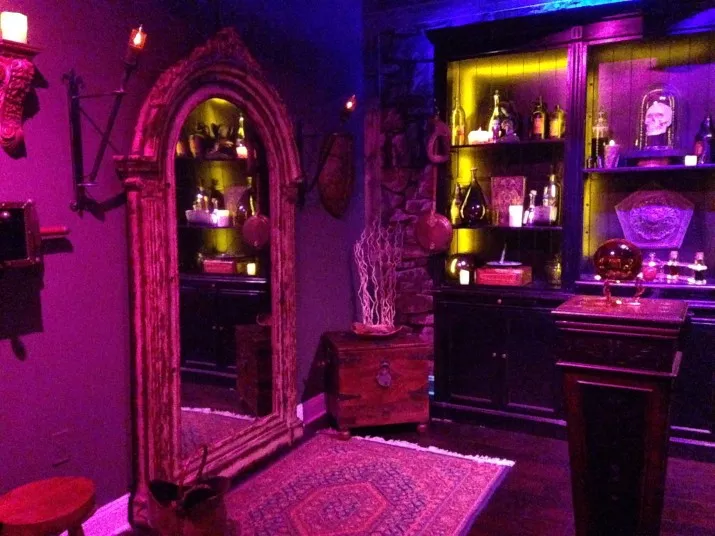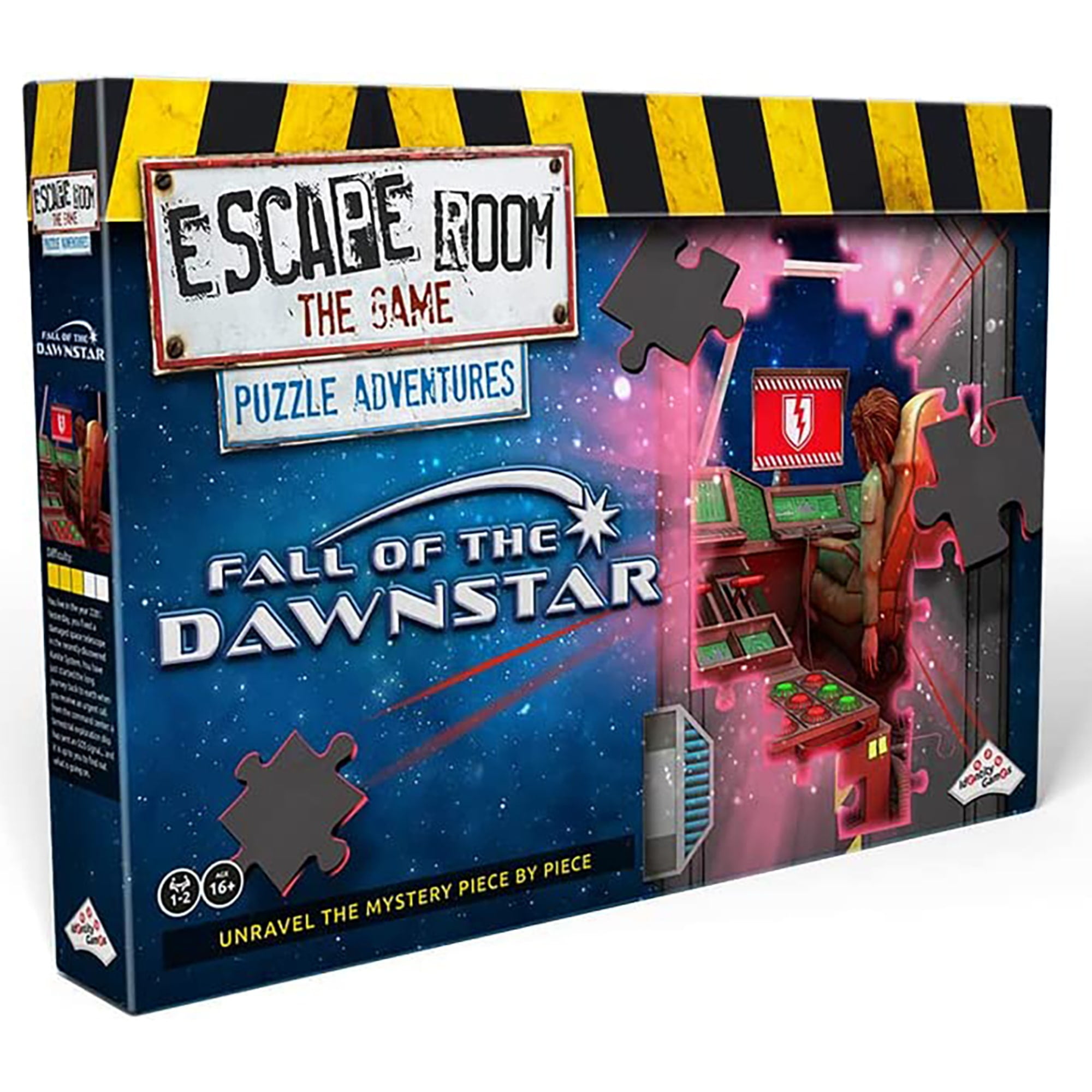Experience Thrilling Escapes at the Best Escape Room in Seattle WA
Wiki Article
Obstacle Your Mind With Our Intriguing Escape Room Puzzles and Clues
Getting started on a retreat area experience supplies a diverse experience that mixes cognitive difficulties with immersive narration. Each area, thoroughly crafted with one-of-a-kind themes, attracts individuals right into a globe where logic, monitoring, and physical puzzles assemble.The Art of Challenge Style
The art of problem style in escape rooms is a imaginative and meticulous procedure that calls for a deep understanding of both cognitive and emotional engagement. Crafting a successful problem includes stabilizing intricacy with solvability, making sure that individuals continue to be challenged yet not overwhelmed. This equilibrium is important, as it cultivates a feeling of achievement and promotes ongoing involvement.Puzzle developers have to consider different cognitive skills, such as pattern acknowledgment, deductive thinking, and spatial awareness. These elements need to be interwoven flawlessly within the story of the getaway area, enhancing the immersive experience. Emotional engagement is just as essential; challenges must stimulate interest, enjoyment, and periodic aggravation, inspiring participants to be determined and inevitably be successful.
Focus to information is paramount. Every idea, prop, and device needs to be meticulously created and tested to make certain capability and comprehensibility within the storyline. Developers commonly iterate on their developments, incorporating feedback from test teams to fine-tune trouble degrees and remove ambiguities.

Types of Escape Room Challenges
Recognizing the complexities of puzzle style naturally results in an expedition of the diverse kinds of difficulties come across in escape areas. These difficulties can be broadly classified into physical challenges, logic challenges, and empirical problems, each offering unique forms of interaction and cognitive stimulation.Physical challenges need individuals to communicate with their environment, commonly entailing tasks such as setting up items, adjusting systems, or uncovering hidden areas. These challenges engage tactile detects and spatial thinking, motivating teamwork and hands-on analytic.
Logic problems, on the various other hand, demand analytical thinking and pattern recognition. Individuals could be entrusted with decoding ciphers, addressing mathematical troubles, or discovering connections in between relatively unassociated clues - escape room. These challenges are created to examine the players' deductive reasoning and intellectual expertise
Observational challenges rely upon eager attention to detail. Gamers must inspect their surroundings to recognize refined tips, disparities, or hidden messages. These obstacles usually require an eagle eye and a capability to perceive links that may overlook.
Methods for Success
Achieving success in retreat rooms needs a thoughtful blend of method and collaboration. Team effort is paramount; gamers must take advantage of their collective staminas to solve complicated problems effectively. Dividing jobs according to individual skills can streamline the procedure-- those with a flair for pattern recognition can manage visual challenges, while sensible thinkers tackle riddles and sequences.Reliable communication is one more foundation of success. Sharing discoveries without delay ensures and avoids copied initiatives everyone remains on the exact same page. Utilizing a main location to place discovered items can aid track progress and avoid missing important ideas.
Time management is equally important. Designate a details quantity of time per problem, avoiding prolonged concentrate on any single challenge. If progress stalls, switching puzzles or seeking assistance from teammates can provide fresh perspectives.
It's likewise helpful to acquaint oneself with common escape escape room area motifs and challenge types in advance. Understanding potential puzzle layouts, such as ciphers or lock mixes, can accelerate analytical.
Finally, keeping a positive and made up perspective under stress can dramatically influence performance. Stress can shadow judgment, so maintaining tranquil makes sure clear reasoning and efficient partnership, leading to a higher probability of effectively escaping.

Benefits of Escape Rooms
Participating in retreat areas supplies a multitude of benefits that extend beyond mere home entertainment. These immersive experiences work as a robust platform for developing crucial thinking and problem-solving skills. Participants are required to assess ideas, recognize patterns, and devise solutions under time restraints, cultivating psychological dexterity and cognitive versatility.
Additionally, getaway spaces are a powerful tool for enhancing synergy and interaction. The collective nature of these activities necessitates effective interaction and control amongst team members. This setting motivates participants to articulate their ideas clearly, listen proactively, and job synergistically towards a common objective, consequently strengthening interpersonal skills.
Moreover, escape rooms give a superb method for stress and anxiety alleviation and mental rejuvenation. The gripping nature of the difficulties allows individuals to divert their emphasis from everyday stressors, advertising a sense of achievement and well-being upon solving the problems. This can cause enhanced mental health and increased productivity in various other locations of life.
Finally, these experiences typically need innovative reasoning and resourcefulness, which can convert into innovative problem-solving capacities in expert setups. By participating in getaway rooms, individuals can hone a diverse ability set that applies in different real-world circumstances, making them a useful enhancement to any individual or professional development plan.
Popular Themes and Circumstances
Looking into the diverse globe of escape spaces reveals a myriad of preferred themes and scenarios that mesmerize individuals and increase the immersive experience. Among one of the most precious motifs are those that move players right into historic durations or sensational realms. For instance, old Egyptian burial places, middle ages castles, and pirate adventures are perennial faves, allowing individuals to resolve challenges within highly thorough settings that evoke a sense of experience and discovery - escape room in seattle.Another prevalent style is the mystery and detective category, where gamers locate themselves in the function of sleuths resolving a criminal activity or discovering keys. go to this web-site These scenarios often feature elaborate Read Full Article stories and a collection of interconnected ideas that call for eager observation and deductive reasoning to unravel.
Additionally, sci-fi and scary motifs hold substantial charm, drawing on the intrigue of futuristic technology or the thrill of browsing haunted homes and labs. These circumstances regularly integrate special effects and innovative props, improving the realism and stress.
Finally, numerous escape rooms attract motivation from popular society, producing experiences based upon cherished books, flicks, or television shows. This can create a sense of familiarity and exhilaration, as participants involve with situations that admire their preferred narratives.
Final Thought
The elaborate layout of getaway space problems and ideas provides an one-of-a-kind mix of cognitive challenges and immersive storytelling. By involving in numerous kinds of physical, logical, and observational challenges, individuals improve crucial thinking and team effort abilities.Each area, diligently crafted with unique themes, draws participants into a world where logic, observation, and physical challenges assemble.The art of challenge style in retreat areas is a thorough and creative process that requires a deep understanding of both cognitive and emotional engagement. Crafting a successful puzzle involves stabilizing intricacy with solvability, ensuring that participants continue to be challenged yet not bewildered. The gripping nature of the obstacles permits people to divert their emphasis from everyday stress factors, promoting a sense of achievement and wellness upon resolving the challenges.The complex layout of retreat space challenges and clues offers an unique mix of cognitive obstacles and immersive narration.
Report this wiki page